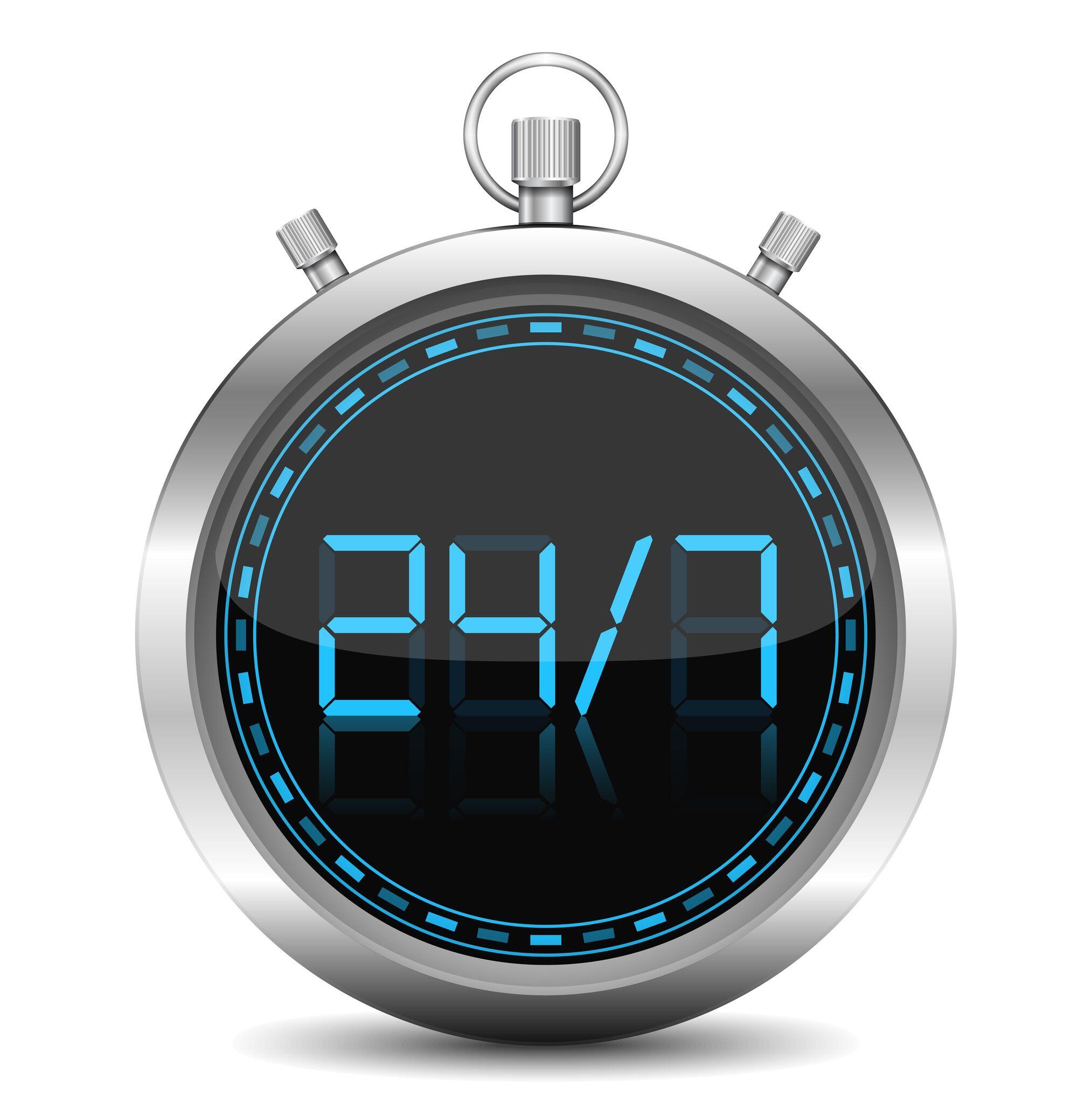16 Apr Read What Matters
As I was sorting through 5 days of mail yesterday (I was out of town) I exclaimed “I’m never subscribing to another magazine again.” For years when I’ve spoken to groups we’ve discussed why we feel so obligated to read things we didn’t ask for. And last night I realized I’ve been doing the same thing. My Harvard Business Review and Cooking Light barely get open, yet I read the local magazines that are sent, and I read the grocery store flyers, and I look at the catalogs that come. YES – My casual reading time is being spent on the things that don’t matter, and the things that do matter aren’t getting any attention.
I need a new system! Here it is:
- Instead of putting my favorite reading aside (nightstand, reading nook) where I never really read, I’ll move it to the places that I’m likely to pick up a magazine (kitchen table, family room, etc.)
- Instead of keeping the reading that doesn’t matter I’ll toss that in recycling right away
- Instead of spending 15 minutes reading the mail I didn’t ask for, I’ll spend that same 15 minutes reading what I’ve chosen is important
The truth is I do most of my reading on my computer. My Facebook and LinkedIn feed seems to bring me relevant and interesting articles daily. That seems manageable and digestible. I really don’t want to give up all my magazines, but if I want to be sure the ones I value can be looked at, then I best be ruthless with the ones I don’t.




